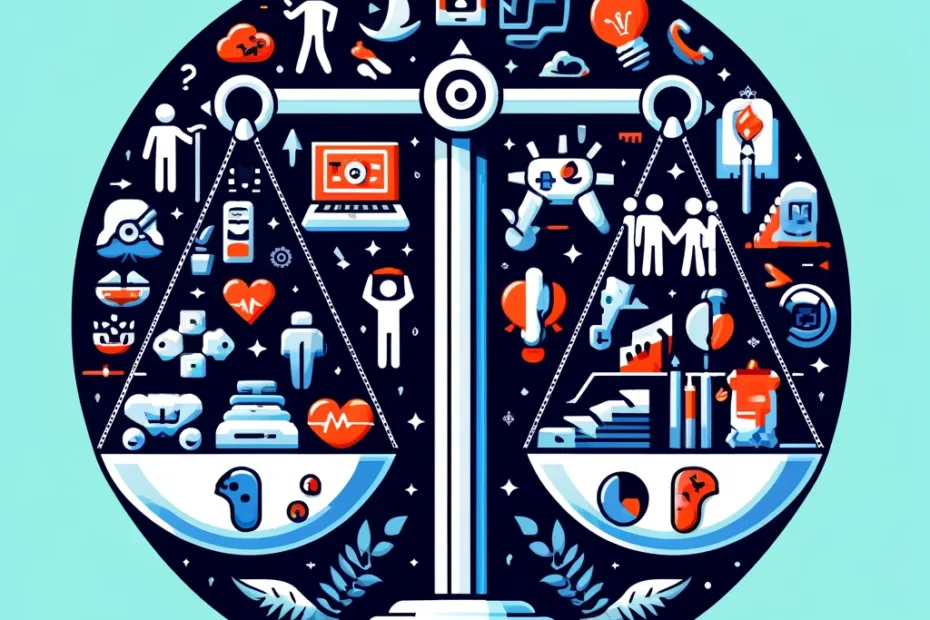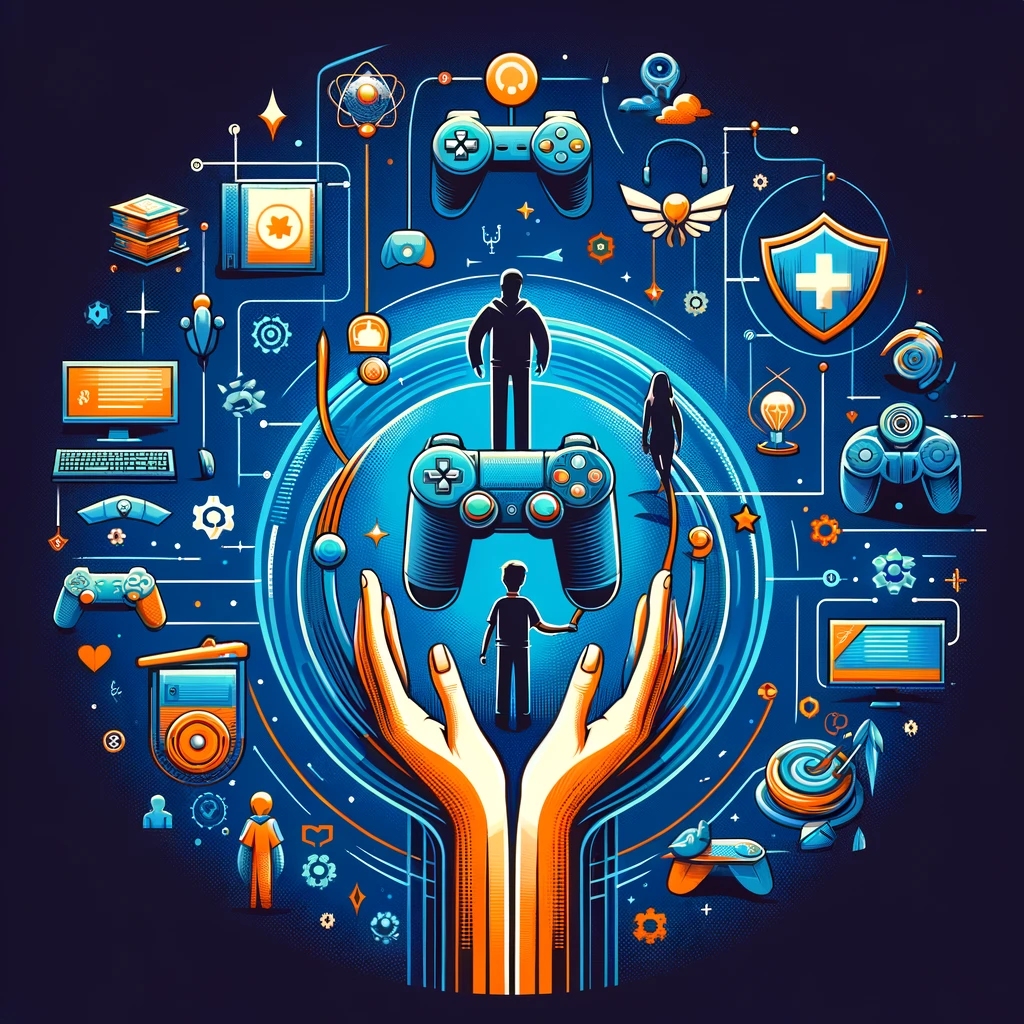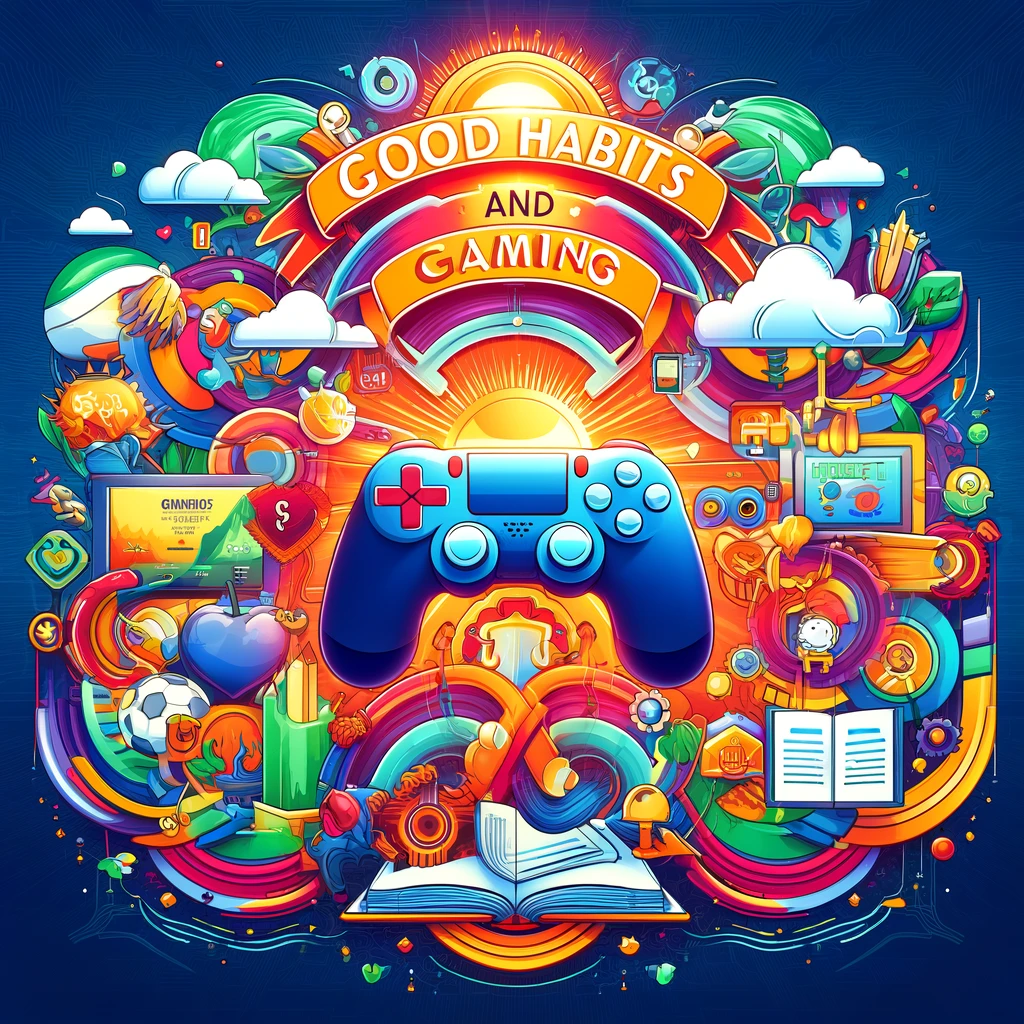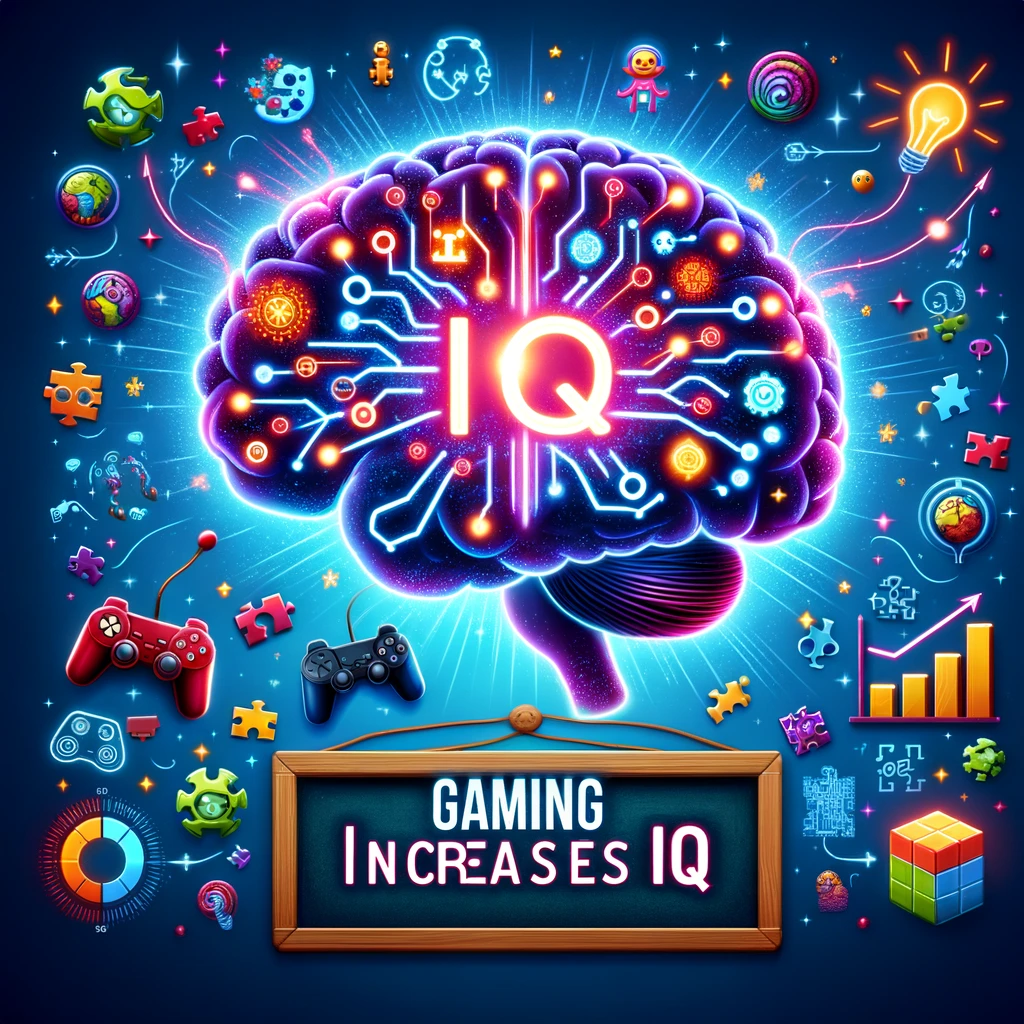Introduction
Gaming, for many, is a beloved hobby and a way to unwind, connect with friends, and immerse oneself in diverse digital worlds. However, like any form of entertainment, it comes with the potential for excess and the development of bad habits. From marathon gaming sessions that span entire weekends to the gradual neglect of physical and social well-being, recognizing and addressing these habits is crucial for maintaining a healthy and enjoyable gaming lifestyle. This article aims to shed light on common bad habits within the gaming community and propose strategies for fostering a more balanced approach to gaming.
Excessive Gaming and Its Consequences
Excessive gaming can blur the line between a hobby and an obsession, leading to potential addiction. Signs of this can include prioritizing gaming over responsibilities, experiencing withdrawal symptoms when not playing, and gaming to escape from real-life problems. The consequences can be far-reaching, affecting mental health by contributing to stress, anxiety, and depression, and disrupting sleep patterns, which in turn impacts overall well-being.

Neglect of Physical Health
Extended gaming sessions often mean prolonged periods of inactivity, which can contribute to a sedentary lifestyle. This lack of physical activity is associated with various health risks, including obesity, cardiovascular disease, and musculoskeletal problems. Additionally, gaming for long hours without breaks can lead to eye strain and repetitive strain injuries. Poor dietary habits, such as relying on fast food or high-calorie snacks during gaming, further exacerbate the issue.

Impact on Social Skills and Relationships
While online gaming can offer social experiences, excessive gaming can lead to isolation and weaken real-life social connections. Gamers might find themselves opting out of social gatherings to play games, impacting their relationships with friends and family. Overreliance on digital communication can also hinder the development of face-to-face social skills, affecting personal and professional relationships.

Financial Implications of Gaming Habits
Gaming can become a significant financial burden due to the cost of games, downloadable content (DLC), in-game purchases, and high-end gaming equipment. The lure of microtransactions and the desire to keep up with the latest releases can lead to overspending, impacting financial stability and leading to potential conflicts within households.

Strategies for Mitigating Bad Habits
Mitigating the negative aspects of gaming involves setting boundaries and promoting a balanced lifestyle. Strategies can include:
- Setting Time Limits: Allocate specific times for gaming to ensure it doesn’t interfere with responsibilities and sleep.
- Promoting Physical Activity: Incorporate regular exercise into daily routines to counteract the sedentary nature of gaming.
- Encouraging Social Interaction: Balance online gaming with real-world social activities to maintain strong personal relationships.
- Financial Planning: Set a budget for gaming-related expenses to avoid overspending.
- Seeking Professional Help: For those struggling to manage their gaming habits, professional guidance from therapists specializing in gaming addiction can be beneficial.

Conclusion
While gaming offers a world of entertainment and social connection, it’s essential to recognize and address the bad habits that can emerge. By fostering awareness and promoting a balanced approach, gamers can enjoy their favorite pastime without compromising their health, relationships, and financial well-being. Responsible gaming practices ensure that this form of entertainment remains a positive and enriching part of life.






